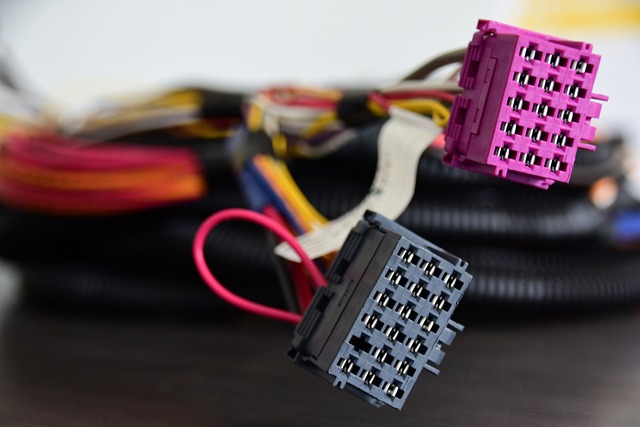
Connectors are commonly used to connect wires to electrical equipment and devices. While available in different styles, they typically feature a plastic outer shell and a conductive interior. The conductive interior features the metal contacts needed to facilitate the flow of electricity from the wire to the equipment or device to which it’s connected. Most wire connectors are relatively simple, but there are several mistakes you should avoid when installing them.
#1) Reusing Single-Use Wire Connectors
You should avoid reusing single-use wire connectors. Not all wire connectors are reusable. You can remove and reuse some of them, but other wire connectors are single-use. Single-use wire connectors may feature a sealant. After opening them and installing them on a wire, the sealant will begin to harden. Therefore, you won’t be able to reuse them.
#2) Stripping With a Knife or Boxcutter
Avoid stripping the wire with a knife or boxcutter. Before installing a connector on a wire, you’ll typically need to strip some of the insulation off the end of the wire. Using a knife or boxcutter, though, isn’t recommended. You may accidentally cut through both the insulation and the inner conductor. Rather than using a knife or boxcutter, use a stripping tool.
#3) Using the Wrong Size Connectors
The size of your wire connectors matters. If they are too big, they may fail to create a complete circuit with the wires with which they are used. If they are too small, conversely, the connectors may not fit on the wires. You’ll need to choose wire connectors in the right size to avoid problems such as these.
#4) Overtwisting Winged Connectors
Winged connectors are one of the most popular types of wire connectors. They are twist-on connectors that feature wing-like tabs on the side. You can use them to connect two or more wires together. After placing the exposed ends of the wires inside of a winged connector, you can twist the tabs. With that said, you should use caution to ensure that you don’t accidentally damage the wires. Overtwisting winged connectors may damage the wires.
#5) Stripping Away Too Much Insulation
Even if use the right tool — a wire stripping tool — you should avoid stripping away too much insulation from wires. Most connectors require direct contact with the inner conductor of a wire. However, the exposed part of the conductor should be contained within the connector. Stripping away too much insulation may result in the conductor being open and exposed outside of the connector.

